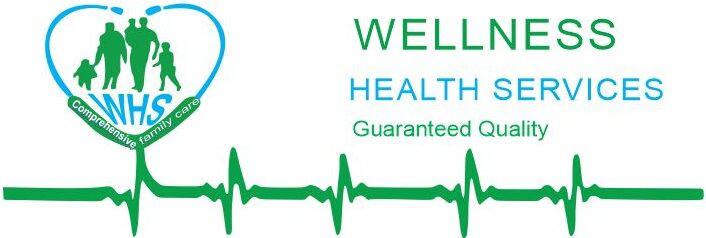Imagine this: you’ve just received a cancer diagnosis. The room spins, your heart races, and before the fear even settles, another reality crashes in—“How will I afford this?”
For millions of patients worldwide, the battle against cancer isn’t just in hospital wards or infusion rooms—it’s fought in bank accounts, on medical bills, and at the kitchen table. This crushing weight has a name: financial toxicity.
🌍 The Hidden Epidemic of Financial Toxicity
Research shows that over 56% of cancer patients face catastrophic health expenditures, often pushing families into debt or poverty (Kitaw et al., 2025). In some settings, patients skip doses, delay treatments, or abandon therapies altogether—not because they lack hope, but because they lack money.
This financial suffering is so common that experts now treat it as a side effect of cancer itself.
💡 Why Costs Spiral Out of Control
- Treatment Costs: Surgery, chemotherapy, radiation, targeted therapy, and immunotherapy can be staggeringly expensive.
- Hidden Expenses: Transport, special diets, tests, second opinions, and supportive care all add up.
- Lost Income: Many patients (and caregivers) are forced to stop working, creating a double loss—more expenses, less income.
- Insurance Gaps: Even in insured settings, copayments and deductibles leave devastating bills behind.
In Argentina, for example, lung cancer patients lost up to 18.5% of household income to out-of-pocket costs, plus reduced productivity and quality of life (Gonzalez et al., 2023).
🧭 Finding a Way Through
The good news? Support exists, and patients don’t have to face this storm alone. Experts suggest:
- Financial Navigation Programs
Hospitals with financial navigators help patients understand bills, find aid programs, and apply for assistance. These programs have been proven to reduce stress and improve treatment adherence (ACCC Cancer Buzz Podcast, 2024).
- Open Conversations with Doctors
Patients often hesitate to ask about costs. But research shows that early discussions about affordability can prevent treatment dropouts and guide patients to equally effective but less costly options (NCI, 2024).
- Community & Nonprofit Support
Organizations like Triage Cancer and Patient Power offer videos, webinars, and toolkits to help patients manage medical bills, navigate insurance, and explore clinical trial options.
- Policy Change
Experts agree: lasting solutions require governments to expand insurance coverage, subsidize essential cancer medicines, and integrate financial screening into routine cancer care.
❤️ Beyond Money: Protecting Hope
Financial stress doesn’t just hurt wallets—it robs patients of peace, dignity, and sometimes survival itself. Families break under the pressure. Parents skip their own care to pay for their children’s. Elderly patients quietly choose “no treatment” rather than burden loved ones.
Cancer should never force people to choose between life and bankruptcy.
✅ Key Takeaway
Cancer is not just a disease of the body—it is a disease of the system, exposing gaps in healthcare financing and family resilience. Patients need both medical treatment and financial support systems to truly heal.
📌 References
- Kitaw TA, et al. The financial toxicity of cancer: unveiling global burden. BMC Cancer. 2025. PMC Article
- National Cancer Institute. Financial Toxicity and Cancer Treatment (PDQ®). Updated 2024. NCI Resource
- Smith GL, et al. Navigating Financial Toxicity in Patients with Cancer. CA Cancer J Clin. 2022. Article
- Gonzalez L, et al. Health-related Quality of Life, Financial Toxicity, Productivity Loss and Catastrophic Health Expenditures After Lung Cancer Diagnosis in Argentina. 2023. arXiv Preprint
- Dee EC, et al. Financial Hardship in Cancer Care—The Need to Define. JAMA Netw Open. 2022. Article
- ACCC Cancer Buzz Podcast. Enhancing Cancer Care Through Financial Navigation. 2024. Podcast
- Triage Cancer. Animated Videos on Finances and Cancer. Resource
- Patient Power. Navigating the Costs of Cancer Care. Video
🔎 SEO & AEO Keywords:
cancer treatment costs, financial toxicity, cancer financial burden, managing cancer expenses, financial navigation in cancer care, coping with cancer costs, cancer and bankruptcy

